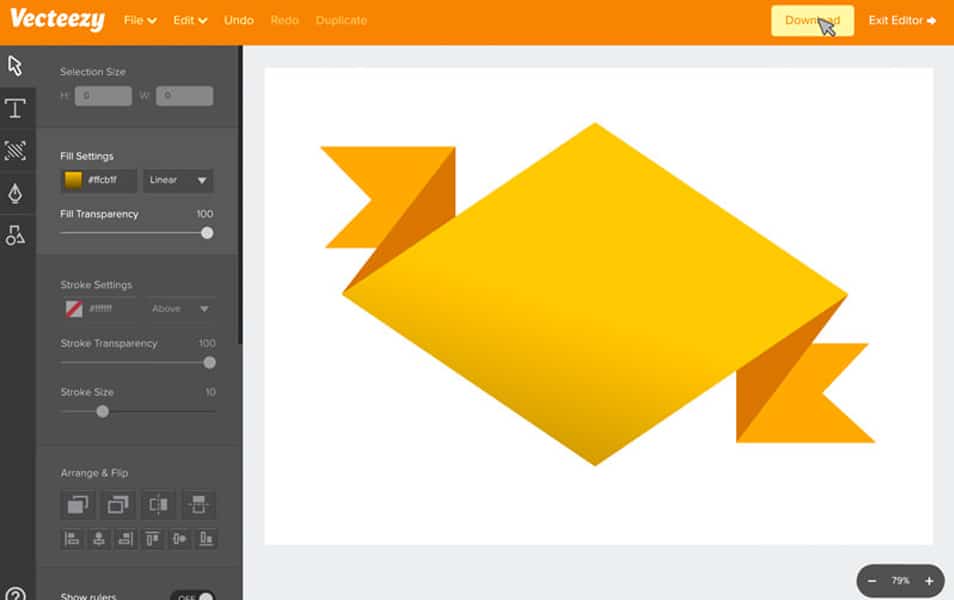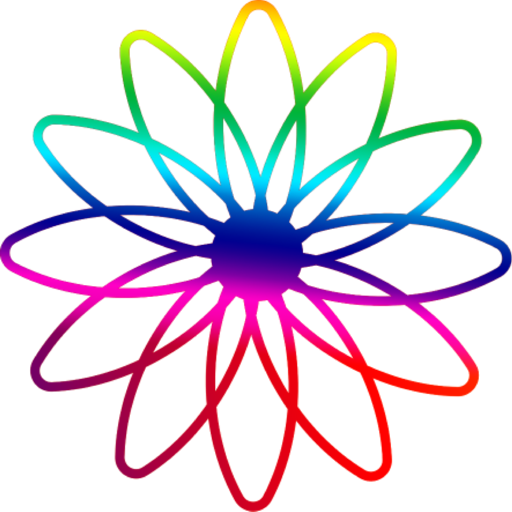


For example, they are not scalable as the SVG image format, meaning they cannot be printed at high resolutions. However, using PNG images also has its drawbacks. In addition, they are more flexible than SVGs, meaning you can use PNGs in more ways. For one thing, PNGs are lossless, meaning their quality doesn't degrade when compressed.

Using PNG images on the web could be advantageous. PNG images can be transparent, which means that they can be used as backgrounds or on top of other images.This means, they cannot be scaled without losing detail. Contrary to SVG, PNG images are made up of pixels instead of vectors.Since PNG was developed as an improved replacement for the GIF format, it is not surprising all major web browsers support PNG. To a large extent, this is because it supports lossless data compression.
#Macsvg portable#
Portable Network Graphics (PNG) is a raster image format popular for its high image quality, and versatility. Also, SVGs cannot be used for complex images with lots of detail, such as photographs. Different development platforms and libraries may interpret SVG features differently and even have very limited or no SVG support. Its support is not as extensive as that of raster image formats, which means that while modern browsers can display SVG images, older browsers may not. However, there are also a few disadvantages to using SVG format. Also, as mentioned, they can be printed at any resolution and edited with vector design tools. Since SVG is an open standard developed by W3C, modern browsers like Mozilla Firefox, Opera, Apple Safari, and Google Chrome can display these types of images natively. They are resolution independent, meaning they can be scaled to any size without losing quality. There are many advantages to using SVG images on the web. This can be used to create simple animations, such as a logo that changes color on hover, or more complex animations, such as an infographic. SVG images can be animated using JavaScript.They can also be printed at any resolution. This means that they can be resized without losing quality. Moreover, you can create and edit SVG images with a text editor or vector design tools such as Adobe Illustrator, Inkscape or CorelDRAW. Since they are XML-based, you can search, index, script, or compress SVG images.For compatibility with other renderers, this should always be accompanied with stroke-width: 1px vector-effect: non-scaling-stroke.Scalable Vector Graphics (SVG) is a popular vector file format for graphics that includes built-in support for animation. Specifies that the stroke is always drawn with a visual width of 1 device unit, but has a zero-width logical size. the default rendering behaviour from SVG 1.1 is used. Specifies that no vector effect shall be applied, i.e. Currently it's only used for defining hairlines. This property houses any non-standard Inkscape specific extensions to the stroke property. Inkscape Properties Inkscape Stroke Extensions (preserved for backwards compatibility with its functions) List of inkscape: and sodipodi: namespaces (incomplete) however, if you then re-edit the SVG in Inkscape (after hand editing, for example) 'without' removing the references to inkscape in the object that has been edited (for an example if you edit a path created using the inkscape star tool), then inkscape will re-generate the SVG path d="" attributes using the information that 'it' has stored under its namespace, and therefore getting rid of any editing to the path of that you, the user have done.if you edit an inkscape SVG in any other SVG editor, then it should appear as any other plain SVG, if not, then you can safely remove all references to inkscape: or sodipodi:, and just be left with the plain SVG.Inkscape SVG is basically the same as plain SVG, just with a few extra commands (in separate namespaces) added, which the Inkscape tools use to keep track of their work.All objects will be reconstructed from parsed data, but overall object hierarchy will be preserved." - quote from the documentation. "Saving document as 'plain SVG' actually invokes exporter. seems to have a smaller filesize vs " PlainSVG" for some odd reason.
#Macsvg how to#
gives Inkscape hints how to treat things in the UI - for example, whether to treat a given group as a layer, or whether path nodes are cusp/flat/whatever.Inkscape SVG should render identically with or without the Inkscape extensions.conforms to the SVG standard which permits extensions like those outlined here.2 list of inkscape: and sodipodi: namespaces (incomplete).


 0 kommentar(er)
0 kommentar(er)
